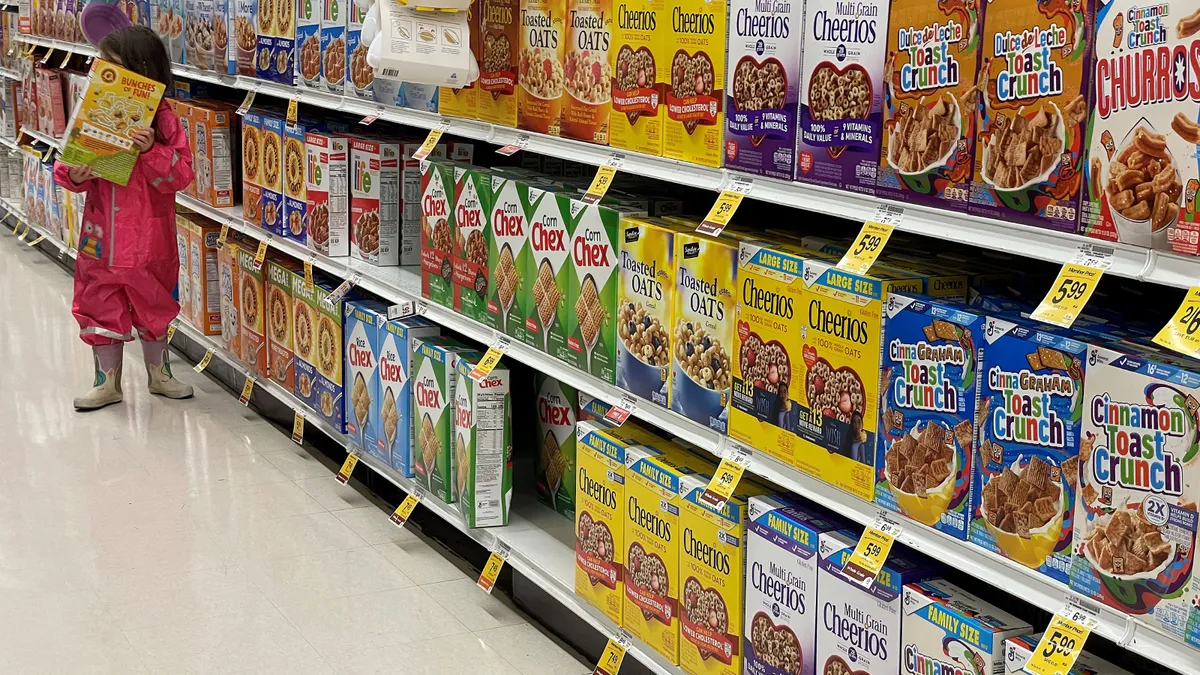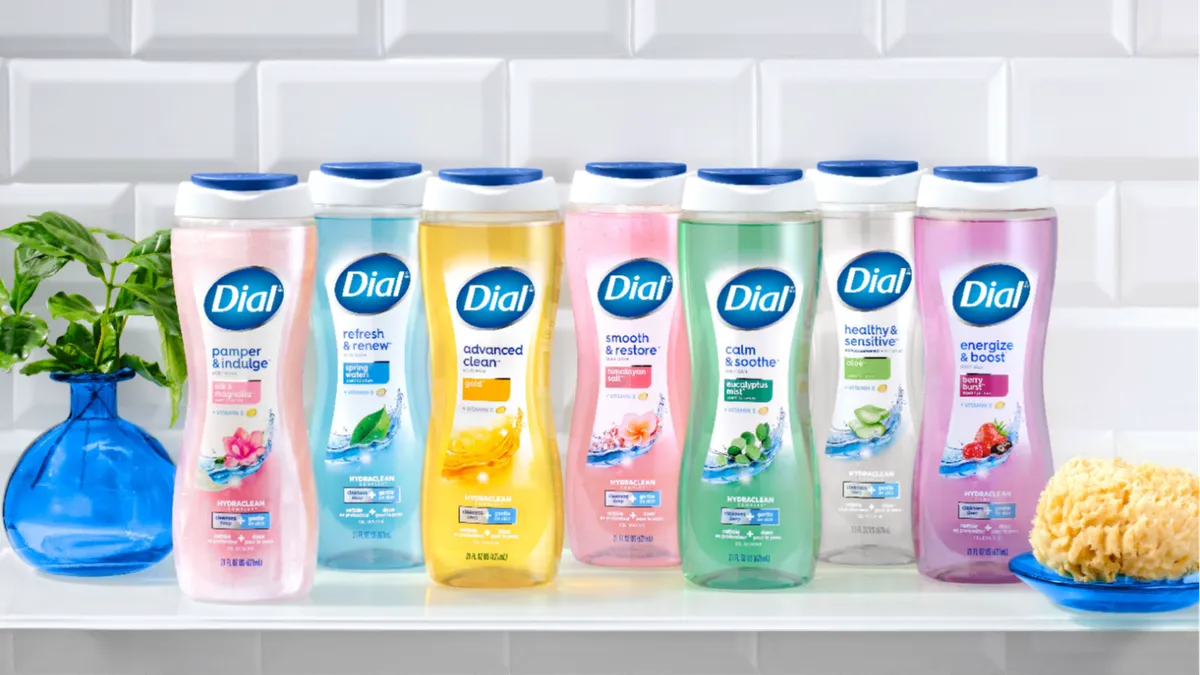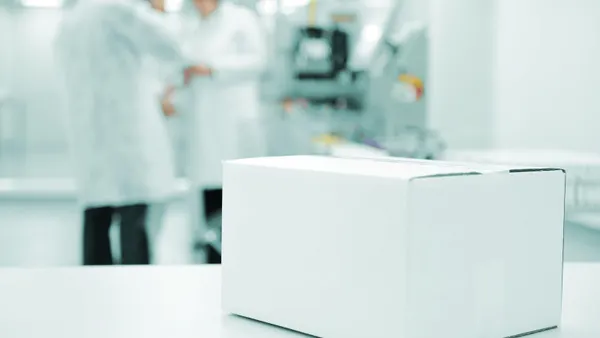Shrimp, corn, mushrooms: This cornucopia represents some of the sources spawning feedstocks that have been pitched and tested to create bio-based plastics. Seaweed, coffee grounds, egg shell, pineapple starch, food waste and even dead flies are other ideas.
Which are most promising? It really depends on the application, plastics and circular economy sources say, and as funding flows to these innovations, the industry still has to figure out how to properly address disposal, labeling and cost.
The bio-based plastics space, which envisions less reliance on fossil fuel-derived materials, has spurred numerous research efforts and startups, including for making sustainable packaging.
To name a few: California-based Cruz Foam announced $18 million in series A funding last year and this year announced products aiming to replace plastic bubble inserts and mailers as well as foam coolers, with Atlantic Packaging as its go-to-market partner. New York-based mycelium technology company Ecovative this year announced more than $30 million in series E funding. And PlantSwitch, which leverages agricultural residues, is expanding manufacturing in North Carolina.
Globally, materials brand Morro, launched by University of Cambridge spinout Xampla, is now scaling manufacturing of its plant-based material in Europe with 2M. And Notpla, the 2022 winner of the Earthshot Prize that produces seaweed-based packaging, recently became the first packaging certified as “plastic-free” by the Dutch government.
In venture capital funding alone, PitchBook has tracked at least $200 million in sustainable packaging deals in the U.S. and $400 million globally this year across more than 50 deals. Over 2021 and 2022, that global total was $1.5 billion.
How will the industry evaluate these new materials? There are “probably more questions than answers at this point,” said Crystal Bayliss, director of strategy and engagement at the U.S. Plastics Pact.
Evaluating emerging ideas
As bio-based plastics have proliferated they’ve faced more scrutiny. In one example, an Oceana report last year called out that these plastics can still contain potentially harmful chemicals and wind up as litter, saying they “represent a false solution to marine plastic pollution.”
Innovation and investment firm Closed Loop Partners published a report in 2020 on navigating plastic alternatives. Since then, there has been a rise in plastic alternatives in the market, and more brand and retailer announcements about moving away from conventional plastics, the firm said in emailed comments.
Closed Loop Partners said it evaluates “the efficacy of alternative materials based on their application, as well as the availability of circular end-of-life pathways to mitigate the risk of unintended consequences when introducing new materials to the market.” The firm says this helps determine if a material could have impact at scale to reduce waste and be competitive vis-à-vis virgin plastic prices.
Disposal and recycling options play an important role in evaluation. “We have seen potential in applications like thin-film coatings in food packaging, and are keen to find a compostable solution that achieves price parity to existing plastics; however, we may be less interested in finding alternative solutions to PET water bottles, since PET already has a robust market for recycling,” the firm further explained.
Many packaging companies and major brands have committed to sustainability goals pegged to the year 2025 through the U.S. Plastics Pact. Among them is the aim to achieve an average of 30% recycled content “or responsibly sourced, bio-based content.”
It doesn’t seem like industry has best practices yet for evaluating bio-based plastics alternatives, Bayliss said. There are challenges around these alternatives being pricier than virgin plastics, and questions around carbon accounting and how they could contribute to scope 3 emissions, she added.
“A lot of the companies that I'm talking to are not to the point where they have put a lot of effort into using bio-based plastic,” Bayliss said. Companies are first trying to map out recycled content opportunities. “How much PCR can you use, and then where you can't use PCR and you need to use virgin base, then how do you start to shift that to the bio-based plastics?”
“The benefits of using bio-based could be clearer once the PCR question gets sorted out and they figure out where they want to focus their attention,” Bayliss said.
This area has also gotten more national attention as the Biden administration this year set a goal to replace 90% of today’s plastics with recyclable polymers made from bio-based feedstocks in the next two decades. The U.S. Senate Committee on Environment and Public Works also held multiple hearings this year on plastics production topics, including one this fall on evaluating material alternatives for single-use plastics.
At that Oct. 26 hearing, Erin Simon, vice president and head of plastic waste and business at World Wildlife Fund, said in written testimony that while bio-based plastic faces the same end-of-life challenges as conventional plastic, it “addresses unavoidable material loss and degradation during recycling operations and should be used as part of a larger system of increased circularity.”
Simon advised that feedstocks be evaluated on their regional-specific impacts, as “generalizations will not lead to the desired result of sustainable biomass production systems.”
She also noted potential sustainability drawbacks with these materials, such as requiring more water in production than fossil-based plastic. “Tradeoffs along the value chain and between different environmental factors are unavoidable. Therefore, the focus should not be on finding a perfect option to replace conventional plastic, but on maximizing environmental benefits and committing to continuous improvement of environmental performance over time,” Simon said.
Addressing end-of-life confusion
A lot of skepticism about these innovations stems from end-of-life confusion: Simply being made from bio-based feedstock does not determine whether packaging would be biodegradable, compostable, recyclable or none of the above.
Closed Loop Partners gave the example of packaging made from plant-derived inputs like cassava or sugarcane being labeled as “made from plants.”
“This can result in confusion among consumers as to where to dispose of their packaging, and can contaminate the composting stream if they are not compostable, which poses a risk to composters’ operating expenses and results in more waste,” according to the firm.
On the recyclability side, Simon conveyed to the Senate committee that only some bio-based plastics are compatible with existing streams, noting that PLA (polylactic acid) for example can contaminate mechanical recycling streams. “It is imperative that biobased plastics, like all materials, be paired with the proper collection programs and infrastructure for successful recycling or composting,” she said.
The 5 Gyres Institute, a nonprofit dedicated to investigating solutions to plastic pollution, also participated in the hearing. 5 Gyres released its Better Alternatives 3.0 report in November evaluating the degradation of bioplastic products and packaging to “vet marketing claims.” It calls for testing consumer-ready products and packaging over prototypes.
“There are two holy grails: packaging performance and rapid degradation,” the report states, noting they often come at the expense of one another. 5 Gyres said that as bioplastics quickly advance, there will need to be more research “to evaluate the fate of these new novel packaging materials and designs.”
Still, bioplastics could serve a beneficial role in the transition to reuse, 5 Gyres said. “Some products, such as thin films for meat packaging or agricultural mulch, are challenging for reuse systems or recycling, making novel materials like bioplastics relevant in specific use cases, such as home composting, festival packaging, and municipalities that accept bioplastics,” the report said.
Closed Loop Partners underscored that for these materials to truly be sustainable alternatives to conventional plastic, “robust end-of-life infrastructure needs to be in place,” and as that infrastructure advances, improved guidance on labeling and design to ensure proper diversion will be critical.
Otherwise, it’s a communication conundrum with consumers, USPP’s Bayliss said. Some companies’ previous efforts to incorporate bio-based plastics were “confusing to consumers because they didn't understand the complexity of feedstock,” Bayliss said. “And so then the consumer value isn't necessarily there.”























